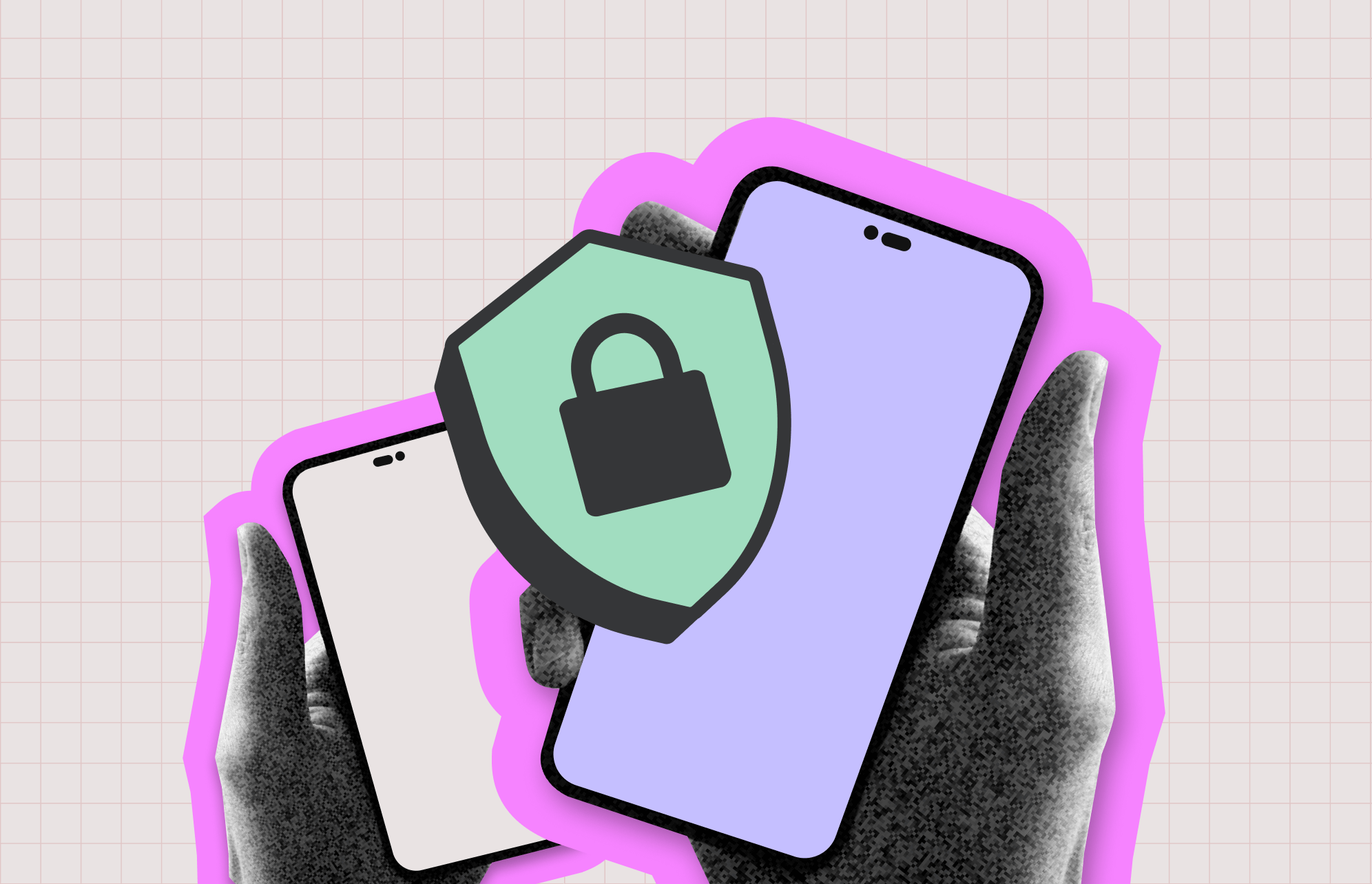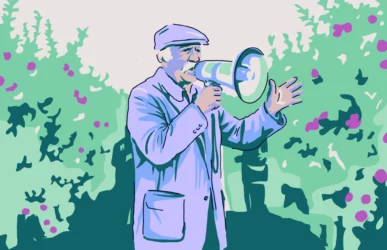By November 27, 2023, multiple United States law enforcement agencies across the country had issued warnings about a new iPhone feature included in the latest iOS 17 update. These nationwide warnings urged citizens to turn off the feature known as NameDrop, claiming that it poses a danger to security.
While numerous organizations joined the alarm call, tech experts remained calm. According to experts, the feature is not as dangerous as it is made out to be. So, who’s right? Let’s dive straight in and find out.
Why NameDrop is making headlines
At the center of this new Apple privacy controversy is NameDrop, a new AirDrop experience. Using this feature, which is enabled by default, users can hold their iPhones near one another to share contact information such as names, email addresses, phone numbers, photos, or links.
When the feature was announced in mid-2023, Apple assured that privacy and security are built into every device and feature they release. And naturally, with NameDrop, iPhone users are given the option to only share the information they want to share. Users must also unlock their phones before accepting shared information. In fact, users must click on a large button that reads Share to give out this information.
But US law enforcement officials say that is not enough. They claim that the elderly, children, and those who are not tech savvy often engage with technology without entirely understanding what they are doing may inadvertently share information with bad actors.
The NameDrop law enforcement warning turned into a saga and went viral. Soon, NameDrop gained the reputation of being the new bad boy in town, allowing anyone who came close to your iPhone to steal your information. But is there any legitimacy to these claims?
What technology experts say about NameDrop
While any tech sharing feature in the wrong hands can be used for malicious actions, tech experts assure that NameDrop is safe to use. They claim that a number of conditions have to be met for your information to actually leave your iPhone and be transferred to another phone.
These conditions include the following:
- Both the receiving and the transferring iPhones have to be using iOS 17.1.
- NameDrop works using Near Field Communication (NFC), a short-range wireless technology. This means phones need to be very close to each other to trigger the feature. (Usually, NFC only works within 4 to 8 inches.)
- As a part of AirDrop, NameDrop operates with the settings users have already set for it. This includes Receiving Off, Contacts Only, and Everyone for 10 Minutes options.
- For information to be shared, users must first unlock their iPhones.
- Once NameDrop is triggered, users will see a full-screen message that reveals who is asking for their information and whether they want to Receive Only or Share. The message is pretty intuitive and difficult to miss. Additionally, prior to the message, the iPhone will emit a glow and vibrate, alerting users that the function is being activated.
- Even after everything mentioned above, users still have to click Share, a clear and visible button, to send out their information.
- If a user clicks Share by mistake, they still have the option to choose what information to share.
- Furthermore, at any moment, users can cancel the NameDrop by simply locking their iPhones or moving away from the other device.
Are NameDrop concerns valid?
Considering the number of conditions and specific scenarios that have to be in place for an unknown malicious actor to steal your information using NameDrop, the truth is that the feature is probably safer than many other wireless sharing technologies that people use every day.
NFC technology is used heavily in different areas of business. People use NFC every day, for example, in contactless payment systems and public transportation, such as buses and subways.
To be honest, the answer to whether NFC technology poses a privacy and security threat is, yes. Experts have already proven that NFC is vulnerable to attacks, and cybercriminals are well aware of those vulnerabilities. That said, it is more likely that your iPhone’s personal data will be stolen by cybercriminals using other techniques, such as spyware, keyloggers, other malware, sniffers, Bluetooth breaches, or public Wi-Fi, than by using NameDrop. In reality, if a hacker wanted to use NFC or Bluetooth to steal your personal data, they would use gadgets similar to Flipper Zero or something more advanced.
Is Apple AirDrop safe?
For years, Apple’s AirDrop, which uses Bluetooth tech, has been questioned for privacy and security flaws. Some reports claim it can expose sensitive data, including name, email, phone number, and location. So again, privacy and security concerns about AirDrop and NameDrop have a valid foundation. However, the viral headlines of AirDrop today are spinning out of control. They are less cybersecurity facts and more science fiction.
As the Washington Post reports, NameDrop warnings are widely exaggerated, and experts describe them as “hysteria” and “nonsense.” It is virtually impossible for a hacker to steal iPhone information by simply coming in close contact with a phone using NameDrop. As mentioned above, a long list of conditions need to be met before that can happen.
As an NFC tech, NameDrop is actually safer than most wireless communication protocols. It requires close proximity. It has strong security measures, and the amount of data that can be shared via NFC is limited. The public Wi-Fi you use at your favorite public space is probably more of a threat than NameDrop.
I am still on edge about NameDrop. What can I do?
We get it. Securing your privacy and that of your loved ones is no joke. We agree that it is always a good idea to strengthen your privacy. Fortunately, everyone can do so by following good practices and taking a few simple steps.
iPhone users can turn off NameDrop at any time. They can also adjust their AirDrop settings so that they only share information with known contacts or don’t share information at all.
To turn NameDrop off:
- Go to your iPhone’s settings.
- Tap on General, then AirDrop.
- Go to Bringing Devices Together and disable the sharing option.
To strengthen your AirDrop privacy settings:
- Go to Settings, then tap General.
- Tap on AirDrop.
- Choose between Receiving Off, Contacts Only, or Everyone for 10 Minutes
Additionally, parents should always ensure that their children´s devices are set to the highest security levels and settings. Those who are not tech savvy should seek advice from friends and family and inform themselves on how to use new technologies.
This is an independent publication, and it has not been authorized, sponsored, or otherwise approved by Apple Inc. NameDrop, AirDrop, and iOS are trademarks of Apple Inc.






